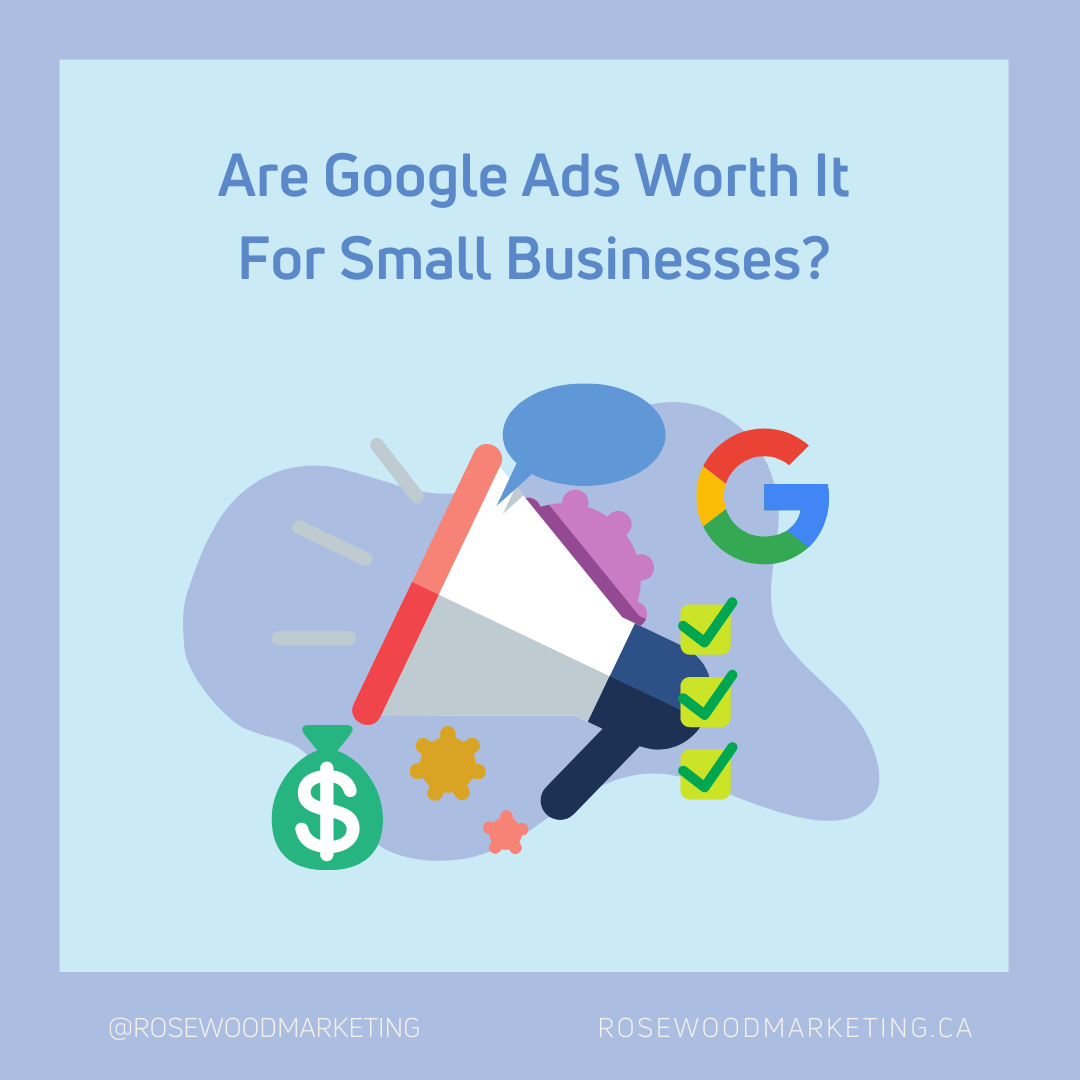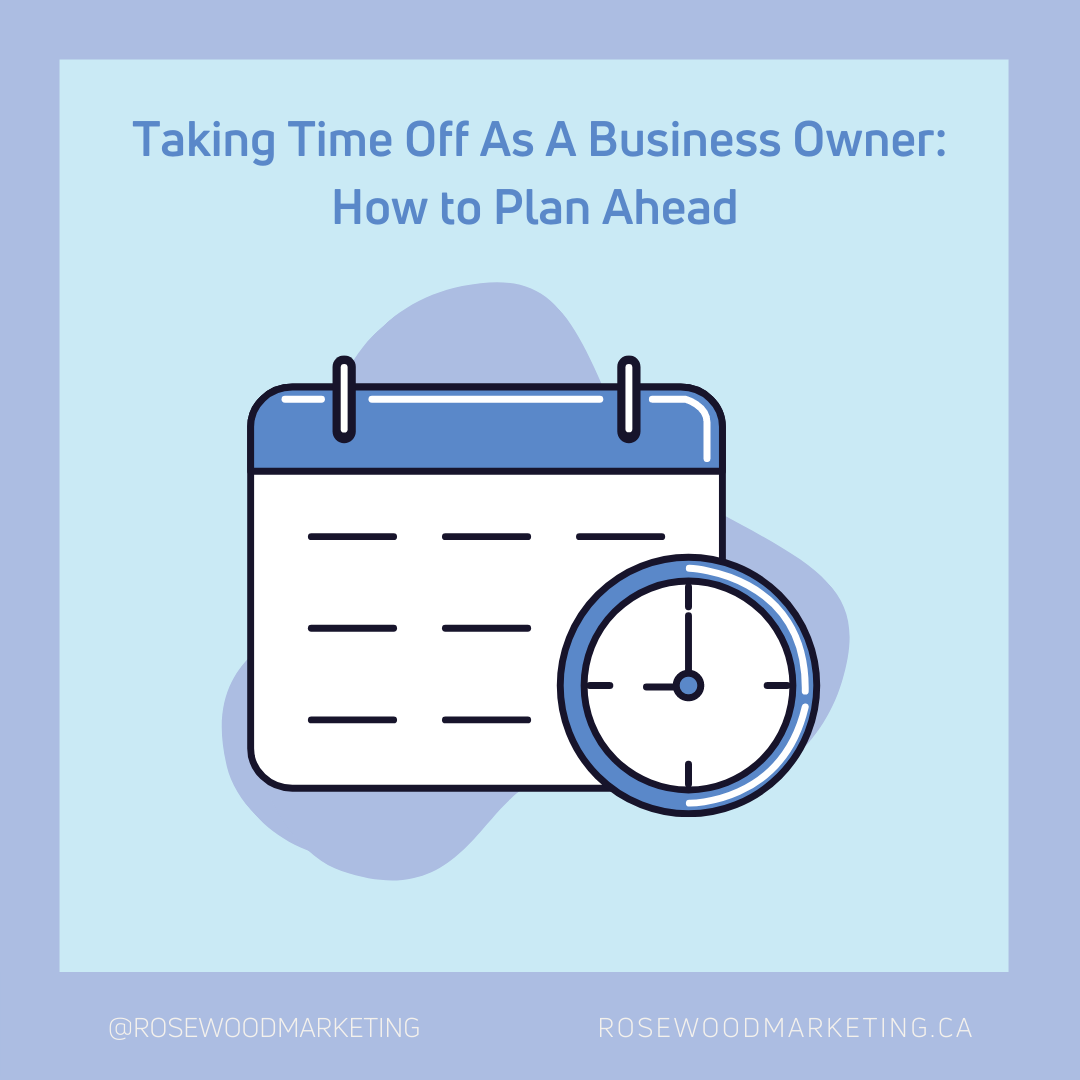As a Shopify store owner, email marketing is one of the best tools on offer to help you retain customers and build relationships with potential clients. When compared to other digital marketing options, you’ll find that it offers the highest ROI and encourages more repeat purchases. The key to a successful email workflow is to find campaigns that work for your audience. Keep reading as we share some of our top email marketing ideas so you can set up email workflow sequences to build your customer base this year.
A Lead Nurturing Series (An Email Workflow Sequence)
Lead nurturing is a critical email marketing practice for Shopify store owners. You’ll use this type of email workflow to push your customers through your sales cycle. Only a very small percentage of customers are ready to purchase immediately, but about half of them will buy something in the future. Instead of focusing all of your time and energy on the small group who are ready to part with their money now, you need to nurture the others, so they choose your Shopify store when it’s time to purchase.
A good lead nurturing email series could look like this:
Educate your subscribers
The first email in the series can offer more information about your industry. For example, if you are a skincare company, consider educating your customers about the top types of products to improve various skin conditions.
Emails-based on-site browsing
Use your Shopify store history to send a final follow-up email that is based on their initial communication with your site.
Introduce your brand
The next email focuses on sharing more about your brand story. You can use this to build your connection with your audience and share why you are a better choice than other companies.
Share stories
Customers are far more likely to buy from a company who they can connect with. Share stories about how your products have changed other people’s lives in the third email in the series.
New Customer Email Workflow
A brand-new customer needs a slightly different approach to guarantee they’ll return to your Shopify store. Start with a welcome email to begin, before checking in a few days later to see how their purchasing process was so far. Two days after the product arrives, you’ll want to check in again and see if it has arrived and if there are any concerns so far. This can then be followed with a feedback or review email a few days after, which can offer valuable feedback for your email marketing team. Following that, it’s time to move on to securing their future custom. A time-sensitive promotion email is the best way forward, which you can send a second reminder of the following day. You’ll need to ensure the promotion is very limited so that they act quickly and return to your company straight away instead of shopping elsewhere.
There are so many different ways to use email marketing as a Shopify store owner. By using a combination of the email workflow sequences we shared here today you can convert new customers to paying ones. We highly recommend creating templates that you can use over and over again so you don’t spend hours sending emails. In our next blog, we will expand more on this topic and how to use email sequences for how to welcome new customers, repeat customers as well as what to do when you have customers who have abandoned cart. With these tips, we hope that you’ll quickly see a huge improvement to your sales when you apply all of these techniques this year, helping your Shopify store to have its best year yet in 2022. Seems like too much? Contact us today and we can help you set up your next email campaign!



